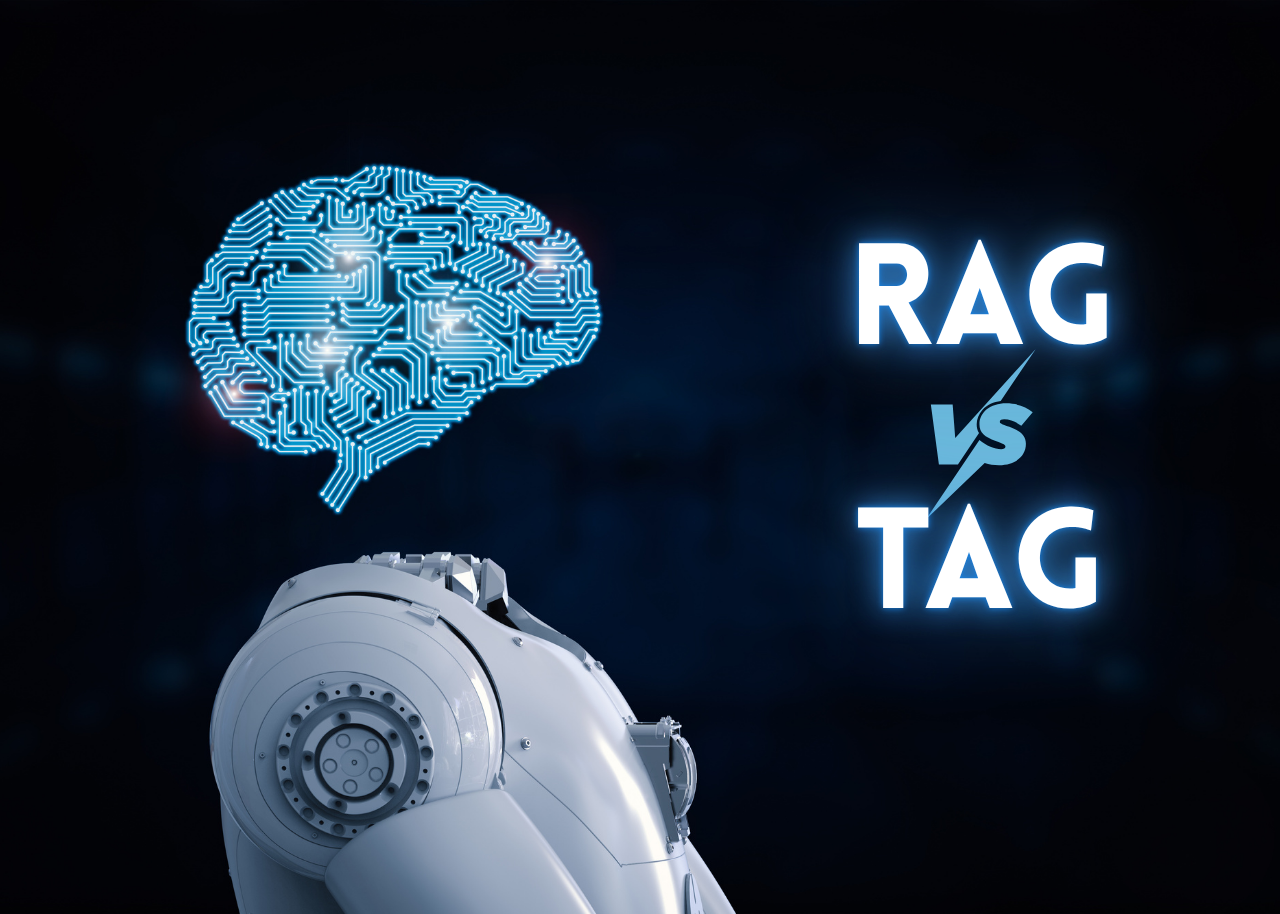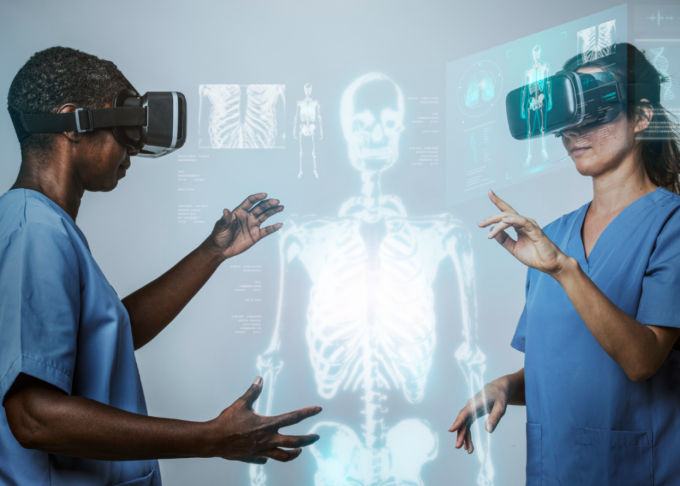If you’ve been diving into AI lately, you’ve probably come across acronyms like RAG and TAG. They sound fancy, but what do they really mean? And why should you care?
What is RAG (Retrieval-Augmented Generation)?
Let’s start with RAG, which stands for Retrieval-Augmented Generation. The idea here is pretty smart: when an AI model answers your questions or generates text, instead of just guessing based on what it learned during its training (which can be outdated or incomplete), it can actually go fetch fresh information from external sources like a database, documents, or the internet in real time.
Imagine you’re asking an AI about the latest news or some super specific data that wasn’t available when it was trained. Without retrieval, the AI might just guess or give you old info. But with RAG, it’s like the AI has a personal research assistant that can look stuff up on the spot to give you better, more accurate answers.
This technique combines the creativity of generation with the accuracy of retrieval, which is why it’s such a big deal in AI right now.
What is TAG (Tool-Augmented Generation)?
TAG, or Tool-Augmented Generation, takes this a step further. Instead of only retrieving information, TAG allows AI to actively use external tools during its reasoning process.
Think about it this way: say you’re chatting with an AI and want it to calculate some numbers, pull live data from your company’s software, or even control a device. With TAG, the AI can tap into those tools directly run a calculator, query your CRM, or access APIs, all while it’s generating responses.
This makes AI not just a source of answers but an interactive agent that can do things for you, turning raw intelligence into action.
Why Should You Care About RAG and TAG?
Both RAG and TAG represent how AI is evolving from static models that just repeat what they learned, into dynamic helpers that are smarter, more flexible, and more useful.
These advances mean AI can handle:
- More accurate and up-to-date info
- Complex tasks that involve multiple steps or external data
- Better customization for specific industries or problems
But here’s the catch: building and using RAG or TAG systems isn’t simple. It takes expertise in AI, software engineering, and data management — skills that are still growing in demand worldwide.
The Big Picture: Why Knowledge Sharing Matters
The AI field is changing fast. What worked yesterday might be outdated tomorrow. For businesses, researchers, and developers, keeping up can feel like drinking from a firehose.
That’s why sharing knowledge, learning from peers, and seeing real-world examples are crucial.
If you’re curious about how these technologies are already changing industries today, don’t miss our article Unlocking the Power of AI & Big Data: Transforming Industries and Shaping the Future.
How EMECEXPO Connects the Dots
Here’s the thing: AI and Big Data aren’t just for big labs or tech giants. The real challenge is spreading knowledge and skills to everyone who wants to use these technologies, startups, businesses, students, and public institutions alike.
EMECEXPO plays a key role here.
It’s a place where you can:
- Learn about cutting-edge AI developments like RAG and TAG from experts and practitioners
- See practical demos of AI tools in action
- Connect with people building AI applications adapted to local and global needs
- Understand the challenges and opportunities in deploying AI and Big Data technologies
If you want to get your hands dirty and really understand what’s behind AI’s latest advances, and how to use them in your own projects – EMECEXPO is where you want to be. Join the community now !














